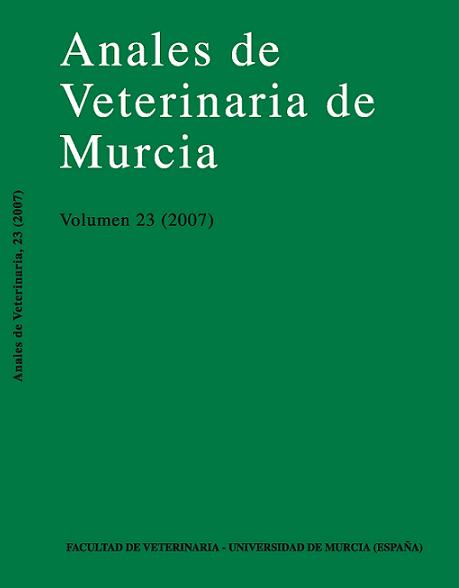WILD AND FARMED SEA BASS (<i>DICENTRARCHUS LABRAX</i>) COMPARISON: CHEMICAL COMPOSITION AND VARIATIONS IN THE FATTY ACID PROFI LE AFTER COOKING
Abstract
Sea bass (Dicentrarchus labrax) has a high commercial value, and has been widely farmed in the last ten years. Consumers consider that wild sea bass presents a high quality, so that the first objective of the present study has been to compare the chemical composition of the flesh from wild and farmed sea bass. In addition, from a nutritional point of view, fish meat is considered an important dietary source of protein and long chain ω-3 polyunsaturated fatty acids, mainly eicosapentaenoic acid (EPA, C20:5 ω-3) and docosahexaenoic acid (DHA, C22:6 ω-3), because of that the second objective of our work has been to ascertain the fatty acid profile in the flesh of wild and farmed sea bass and to evaluate the changes in these nutrients during steam cooking. 10 specimens of each origin (wild and farmed) of sea bass with an average size of 350g, were selected to determine the proximate composition (protein, fat, moisture and ash), mineral content, total basic volatile nitrogen, muscle pH, and hydroxyproline and collagen concentrations. The fatty acids were determined in the flesh of raw and steam cooked fillets of both types of sea bass using gas chromatography. The obtained results showed statistical differences in those parameters related to environmental and nutritional conditions (total fat and mineral content). The profile of fatty acids showed statistical differences due to type of cultivar since the flesh of farmed sea bass presented the highest content of linoleic acid (the main ω-6). No changes in the fatty acids of wild sea bass flesh after steam coking were observed, however, the flesh of farmed specimens showed significant losses of monounsaturated fatty acids (oleic acid) from the ventral fat probably from adipose tissue located beneath the skin.Downloads
Creative Commons Attribution 4.0
The works published in this journal are subject to the following terms:
1. The Publications Service of the University of Murcia (the publisher) retains the property rights (copyright) of published works, and encourages and enables the reuse of the same under the license specified in paragraph 2.
© Servicio de Publicaciones, Universidad de Murcia, 2019
2. The works are published in the online edition of the journal under a Creative Commons Attribution-NonCommercial 4.0 (legal text). You can copy, use, distribute, transmit and publicly display, provided that: i) you cite the author and the original source of publication (journal, editorial and URL of the work), ii) are not used for commercial purposes, iii ) mentions the existence and specifications of this license.

This work is licensed under a Creative Commons Attribution-NonCommercial-NoDerivatives 4.0 International License.
3. Conditions of self-archiving. Is allowed and encouraged the authors to disseminate electronically pre-print versions (version before being evaluated and sent to the journal) and / or post-print (version reviewed and accepted for publication) of their works before publication, as it encourages its earliest circulation and diffusion and thus a possible increase in its citation and scope between the academic community. RoMEO Color: Green.




